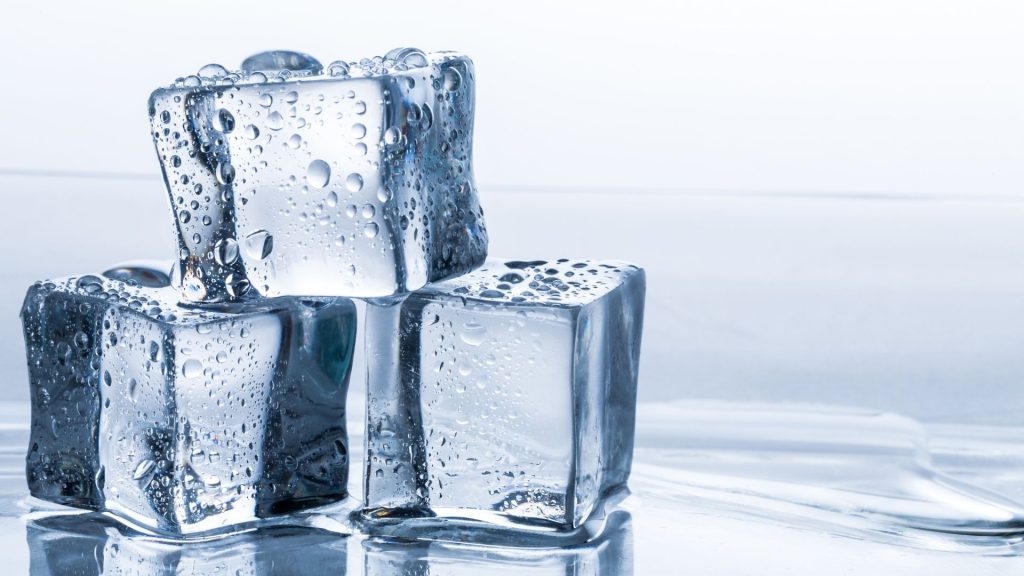
What Is The Cold Chain Process?
In today’s globalized world, the efficient movement of goods across vast distances is made possible by supply chain systems. One aspect of this process is the cold chain, which focuses on maintaining the integrity of temperature-sensitive products .
By adhering to specific temperature requirements throughout the entire supply chain, the cold chain process ensures that these products reach consumers in a safe and effective condition. In this article, we will delve into the intricacies of the cold chain process, its differences from a regular supply chain, and the vital role it plays in preserving public health.
The Evolution of Cold Supply
Basically, the cold supply chain of the past relied on basic methods such as using ice blocks in cargo containers. Transporting perishable goods over long distances was fraught with challenges. Experiencing high temperatures, faulty equipment, and hazardous road conditions often.
However, with advancements in technology and logistics, the modern cold supply chain has undergone a transformation. Today, perishable goods can be transported worldwide at record speeds, ensuring the safety of cold items for consumers.
Basics of the Cold Chain
Compared to a regular supply chain, the cold supply chain involves additional moving parts to maintain temperature control throughout the shipping process. Here are some key differences:
Planning
Shipping temperature-controlled goods requires seamless collaboration between the shipper and the receiver to select the appropriate equipment and ensure the goods reach their destination without compromising quality. International shipping poses unique challenges, as products may need to be transferred between shipping containers. Compliance with safety standards and regulations is essential to minimize waste, bacterial growth, and delays.
Loading
Companies in the cold supply chain have cold-storage facilities to keep products at the right temperature during transit. To ensure product quality, loading cargo onto temperature-controlled containers is done quickly and effectively.
Travel
Time is of the essence in the cold supply chain. Despite advancements in storage containers and safety protocols, extended transit times increase the risk of mishaps. Shipping delays can have severe consequences for temperature-sensitive products.
Documentation
Finally, the most significant divergence between the cold supply chain and a regular supply chain lies in documentation. The Food Safety Modernization Act established by the FDA sets controls for the safe movement of cold-storage food. Carriers must maintain temperature control logs, documenting the container temperature regularly, often on an hourly basis. Failure to produce accurate documentation can result in fines and potential suspension of commercial shipping licenses.
Public Health
Maintaining temperature control throughout the cold supply chain is vital for public health. Failure to do so can have serious consequences in two primary areas:
Medical Products
Medications require specific temperature conditions to retain their effectiveness. Life-saving products like insulin as well as vaccines are highly sensitive to temperature variations. Ensuring proper care during transport is essential to avoid compromising the potency and availability of these critical medical supplies.
Food Products
Perishable food items, including produce, dairy, meat, and frozen foods, account for a significant portion of the global supply chain. Keeping these products within the designated temperature range helps prevent bacteria as well as the spread of illnesses. Many reported cases of food-related illnesses stem from errors within the supply chain.
The cold chain process plays a pivotal role in the safety, efficacy, and quality of products. By following specific temperature requirements, logistics and documentation, the cold supply chain ensures that perishable goods and medical supplies reach consumers and patients in optimal condition.
Contact us to see how we can help you with your cold supply needs.


